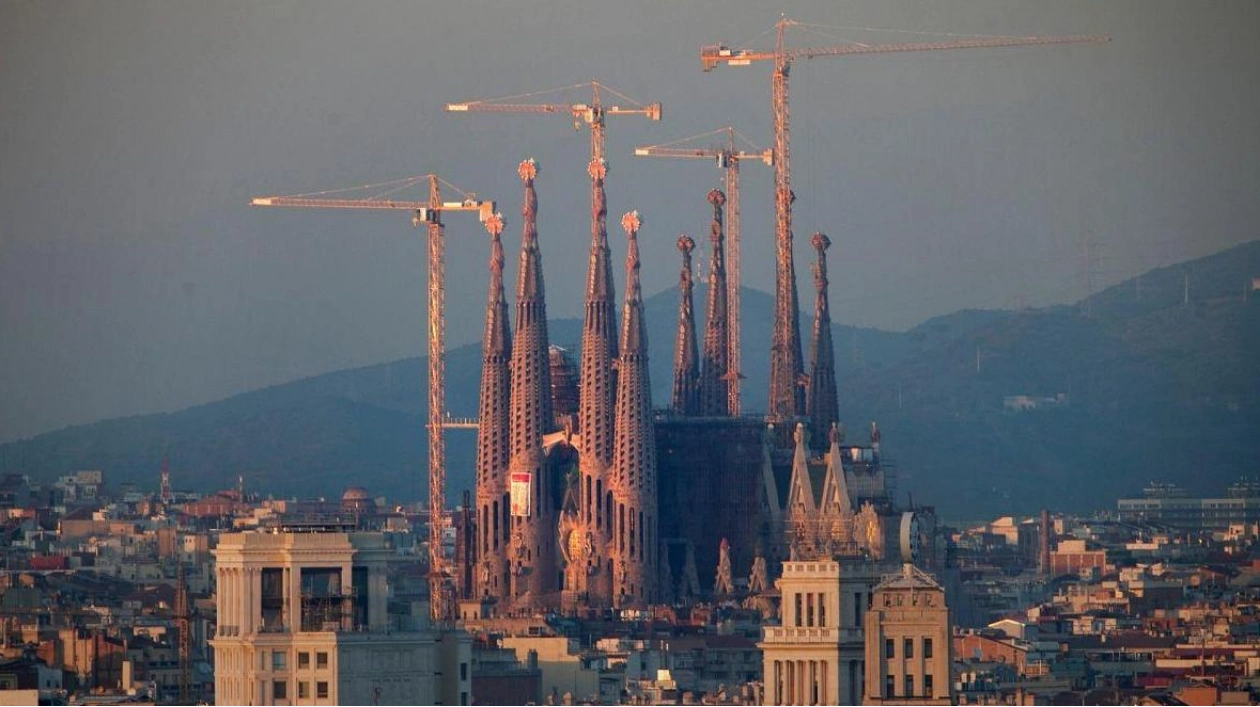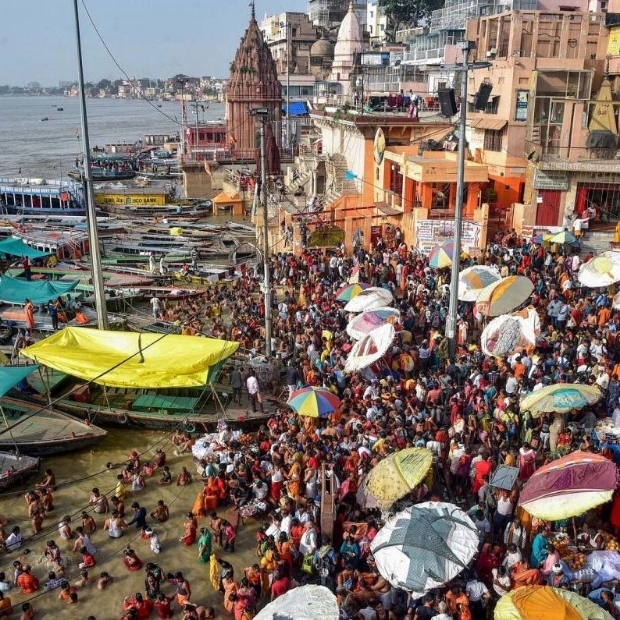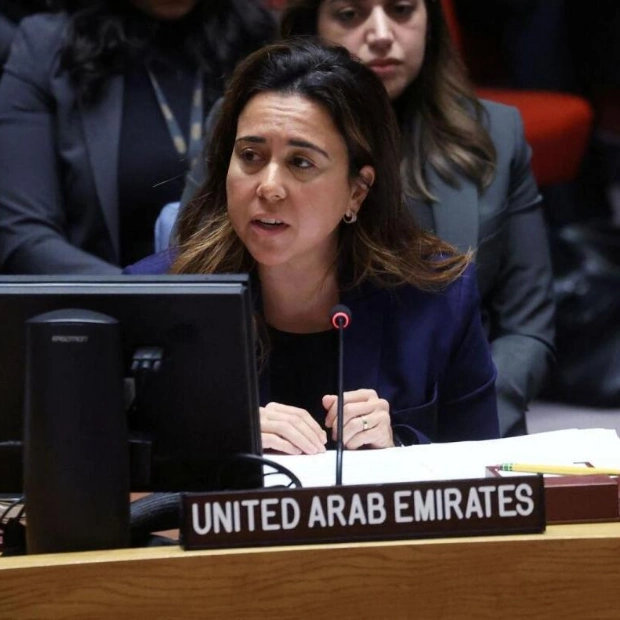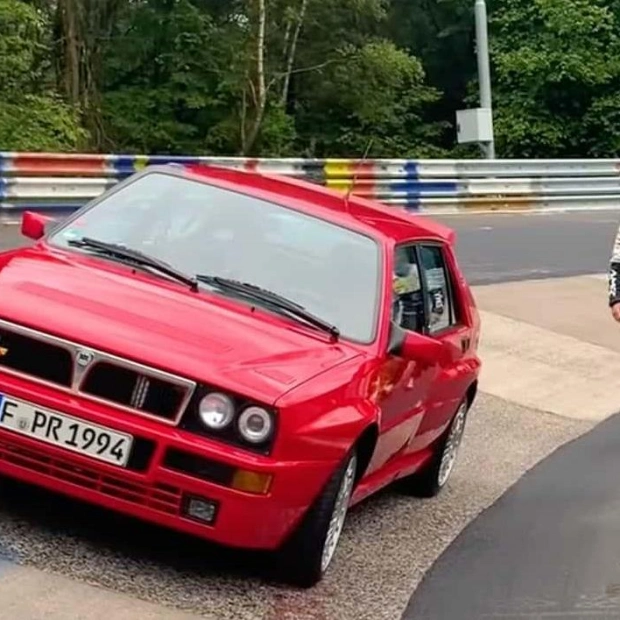Barcelona’s most iconic landmark, the unfinished Sagrada Família designed by Catalan architect Antoni Gaudí, is set to enter its final construction phases for the Jesus Christ tower this year, with the Chapel of the Assumption slated for construction in 2025.
Construction on the Sagrada Família began in 1882. The imposing and intricate design is the magnum opus of the legendary Catalan architect Antoni Gaudí, who is renowned for designing many of Barcelona’s most iconic sites. When Gaudí took over the project in 1883, he transformed it into his distinctive style, blending Gothic and Art Nouveau elements. Despite Gaudí’s death in 1926, the church was still less than a quarter completed. The Spanish Civil War further delayed construction.
As of 2024, the Sagrada Família remains the largest unfinished Catholic Church. Architects are targeting a completion date of 2034. However, recent announcements from the church indicate plans to finalize key elements of this complex 19th-century design. General Director Xavier Martínez and head architect Jordi Faulí revealed that the work to complete the Jesus Christ tower, a pivotal milestone in the church’s construction, will be finished by 2025. The final panel is scheduled to be installed on the tower’s 12th level in late 2024, followed by the construction of the tower’s cross pinnacle.
The cross pinnacle will feature a 17-meter-tall and 13.5-meter-wide cross, adorned with glass and white enamelled tiles. The ceramics will include curved and pyramid pieces, and the windows will have three layers of curved, laminated glass with ground, polished pyramids, and textures. Following the completion of the Jesus Christ tower, the next focus will be the Chapel of the Assumption. This year, progress was made on the lower ground floor and ground floor of the cloisters adjacent to the chapel, paving the way for the chapel’s construction.
Four out of the five sections of the roofs on the side naves of the Passion and Nativity façades have been completed. These roofs, initiated in 2019 and standing 30 meters above the ground, serve multiple purposes: collecting and channeling water, insulating the Basilica with a ventilated chamber, and allowing light to enter through pyramidal lanterns. The Sagrada Família project was initially led by architect Francisco de Paula del Villar, who resigned in 1883. Gaudí was subsequently brought on as Architect Director in 1884, and under his leadership, the plans for the church became increasingly intricate.
Gaudí’s unique styles, evident throughout Barcelona, were meticulously applied to the Sagrada Família, making it his sole focus from 1915 until his death in 1926. Regarding the lengthy construction period, Gaudí famously remarked, “My client is not in a hurry.” During the Spanish Civil War, which began in 1936, construction was halted, and much of the unfinished basilica and Gaudí’s models were destroyed. Throughout the 20th century, work on the project progressed slowly, but the advent of computer-aided design in the 21st century has accelerated its completion.
Gaudí’s eccentric design includes features unique to both Catholic churches and buildings in general. The church lacks exact right angles and straight lines, and its three façades represent distinct elements of Christian theology. The east-facing Nativity façade, completed before the war, most closely resembles Gaudí’s original plans. The Passion façade, finished in 1976, adheres to the original plan but includes controversial grotesque figures of Christ during the passion, designed by Josep Maria Subirachs. Lastly, the Glory façade, which began construction in 2002, remains unfinished but will depict ascension with scenes from heaven, hell, and purgatory.






